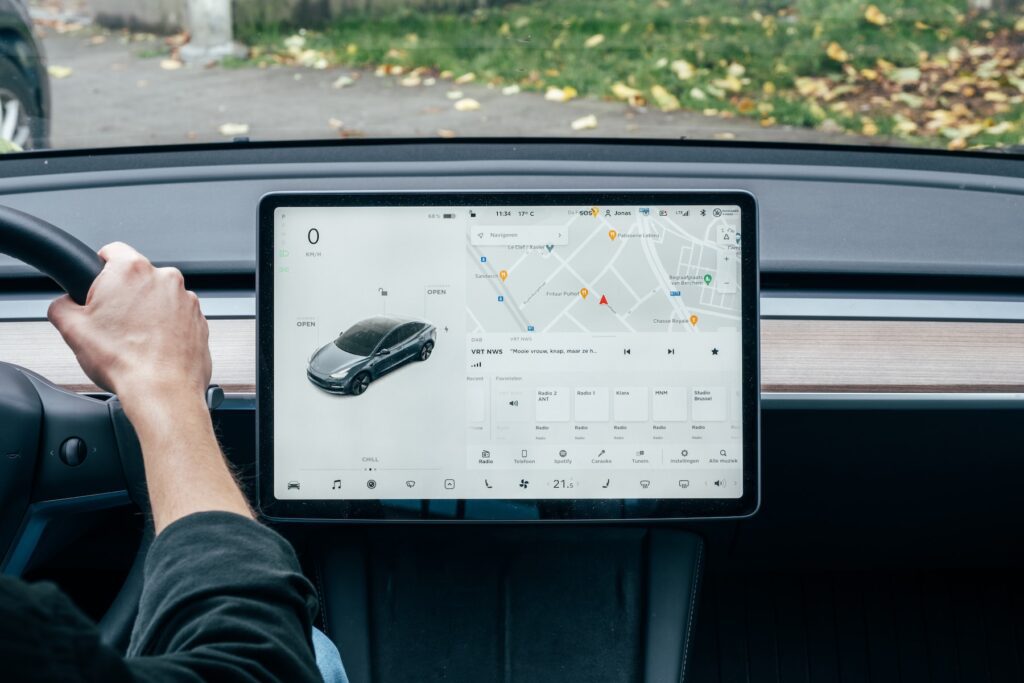
When purchasing a used car, conducting a thorough examination is essential to avoid unexpected issues and ensure you’re making a wise investment. Unlike new cars, which come with a full warranty and the peace of mind of being in pristine condition, used cars can carry hidden problems that could lead to costly repairs down the road. By following a systematic approach to inspecting a used car, you can uncover potential red flags and make an informed decision. This guide will walk you through the key steps for examining a used car, from researching its history to conducting a hands-on inspection and professional evaluation
Summary
Research the Vehicle’s History
Vehicle History Reports
Before you even set foot in a car dealership or contact a seller, obtaining a vehicle history report is a crucial first step. Services like Carfax and AutoCheck provide comprehensive reports that reveal important details about the car’s past. These reports can disclose whether the car has been involved in any accidents, has a salvage title, or has had multiple owners. They also include information about previous service records, which can be invaluable in assessing the car’s maintenance history and overall reliability.
Previous Ownership
Understanding the number of previous owners and their maintenance habits can offer insight into the car’s condition. A vehicle with multiple owners might raise questions about why it changed hands frequently. Additionally, knowing if the car was owned by a single individual versus a fleet or rental company can affect its perceived wear and tear.
Accident History
One of the most critical aspects of a vehicle history report is its accident history. Check for any records of significant accidents or damage repairs. Even if the report shows no accidents, be aware that some minor incidents might not be recorded, so it’s wise to combine this information with a thorough physical inspection.
Conduct a Thorough Visual Inspection
Exterior Inspection
Start your visual inspection with the car’s exterior. Look for any signs of damage such as dents, scratches, or paint inconsistencies. Check the alignment of the panels and doors; uneven gaps can indicate prior accidents or poor repair work. Examine the condition of the tires, including tread depth and even wear patterns. Inspecting the exterior can give you clues about the car’s overall condition and whether it has been well-maintained.
Interior Inspection
Next, move inside the vehicle. Check the condition of the seats, dashboard, and upholstery for signs of excessive wear or damage. Test all the electronic components, including the air conditioning, radio, and navigation system, to ensure they are functioning correctly. Pay attention to any unusual odors that could indicate mold or other issues. A thorough interior inspection helps you gauge how the previous owner used and cared for the car.
Under the Hood
Finally, lift the hood and examine the engine and other mechanical components. Look for signs of leaks, corrosion, or worn-out parts. Check the oil level and quality—dirty oil or low levels can signal neglect. Inspect the belts and hoses for signs of wear or cracking. A well-maintained engine should be clean and free of excessive grime. This inspection can help identify potential mechanical issues that might not be apparent during a test drive.
Take the Car for a Test Drive
Driving Performance
Taking the car for a test drive is a vital step in assessing its performance. Pay attention to how the car accelerates, brakes, and handles turns. Smooth acceleration and braking are indicators of a well-maintained vehicle, while any jerking or hesitations could suggest underlying issues. Assess the responsiveness of the steering and the stability of the car at various speeds.
Listen for Unusual Sounds
During the test drive, listen for any unusual noises such as rattles, squeaks, or grinding sounds. These noises can be indicative of mechanical problems or worn-out components. Pay special attention to sounds coming from the engine, transmission, and suspension. If you hear anything out of the ordinary, it may be worth discussing with a mechanic.
Check the Comfort
Evaluate the car’s comfort and functionality. Ensure that all features, including the air conditioning, heating, and entertainment system, work as intended. Test the seats and adjust them to find a comfortable driving position. Check for adequate visibility and ensure that mirrors and windows are properly aligned. A comfortable and functional driving experience can significantly impact your satisfaction with the vehicle.
Have a Professional Inspection Done
Choosing a Mechanic
Even if you’ve conducted a thorough visual inspection and test drive, having a professional mechanic inspect the car can uncover hidden issues that might not be immediately apparent. Choose a reputable mechanic with experience in inspecting used cars. Look for certifications or positive reviews to ensure you’re getting an expert evaluation. A good mechanic will provide a detailed report on the car’s condition and highlight any potential problems.
Understanding the Report
Once the professional inspection is complete, carefully review the mechanic’s report. This report should detail any issues found, from minor wear and tear to major repairs needed. Pay attention to any recommended maintenance or repairs and consider the costs involved. Use this information to evaluate whether the car is worth the asking price or if you should negotiate a lower price based on the findings.
Negotiate the Price
Using Inspection Findings
Armed with the information from your visual inspection, test drive, and professional report, you’re in a strong position to negotiate the price of the used car. Use the findings to justify a lower price offer, especially if the inspection revealed any significant issues or needed repairs. Highlighting these points can strengthen your negotiating position and potentially lead to a better deal.
Market Value Comparison
Compare the car’s price to similar models on the market. Research the prices of comparable cars in terms of make, model, year, mileage, and condition. This comparison will help you gauge whether the asking price is fair or if there is room for negotiation. Utilize online resources and pricing guides to support your case during the negotiation process.
If you want to ship a car this month, leave a comment below. If you got some value from this post, I would appreciate to share it with friends!
